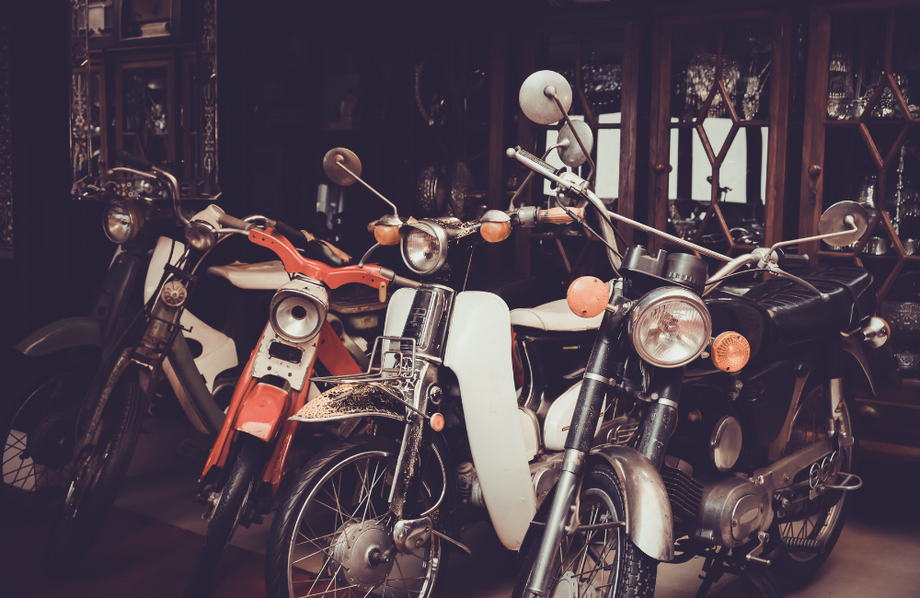For motorbike enthusiasts, there can be various reasons to put a beloved motorcycle into long-term storage. Whether it's because of the offseason, travel plans, or just a break from riding, proper preparation is crucial to ensure your bike remains in peak condition. Taverner Motorsports offers a comprehensive guide on how to prepare your motorcycle for an extended hibernation.
1. Clean and Protect
The process: Before storing your bike, give it a thorough wash. Remove dirt, grime, and bugs that may corrode or damage the paint over time. Dry it completely to prevent rusting. Once clean, waxing the motorcycle will add an extra layer of protection.
2. Fluid Maintenance
The process: Replace old engine oil to prevent contaminants from settling. If you're storing the bike for an extremely long period, consider draining the fuel tank or adding a fuel stabiliser to avoid stale petrol issues. Check other fluids, like brake and coolant, and top up or replace if necessary.
3. Battery Care
Symptoms: A motorcycle's battery can discharge over time if left unattended.
Solution: Disconnect the battery and store it in a cool, dry place. If possible, connect it to a trickle charger to keep it alive and ready for your next ride.
4. Tyre Protection
The process: Tyres can develop flat spots if the motorcycle sits in one position for too long. To prevent this, elevate the bike using paddock stands. If this isn't possible, occasionally rotate the tyres and maintain them at the recommended pressure.
5. Cover and Store
The process: Even if you’re storing your bike indoors, using a motorcycle cover will protect it from dust, moisture, and any potential scratches. If storing outside, ensure you have a high-quality, weather-resistant cover, and choose a location that's shielded from direct sunlight and extreme weather conditions.
6. Lubricate Exposed Areas
The process: Moisture can be detrimental over long periods. Use a light coat of lubricant on exposed metal parts to prevent rusting. This includes areas like the chain, cables, and other moving parts.
7. Check Brake Calipers
The process: If storing for a very long duration, remove the brake callipers so the brake pads don't get stuck to the rotors. If you're not comfortable doing this, consulting a professional is advised.
Properly preparing your motorcycle for long-term storage not only ensures that it remains in top condition but it also means a hassle-free startup when you're ready to hit the road again. At Taverner Motorsports, we understand the bond between a rider and their bike. Follow our guidelines for peace of mind and always consider seeking expert assistance for specialised care. Safe storage, and see you on the next ride!



